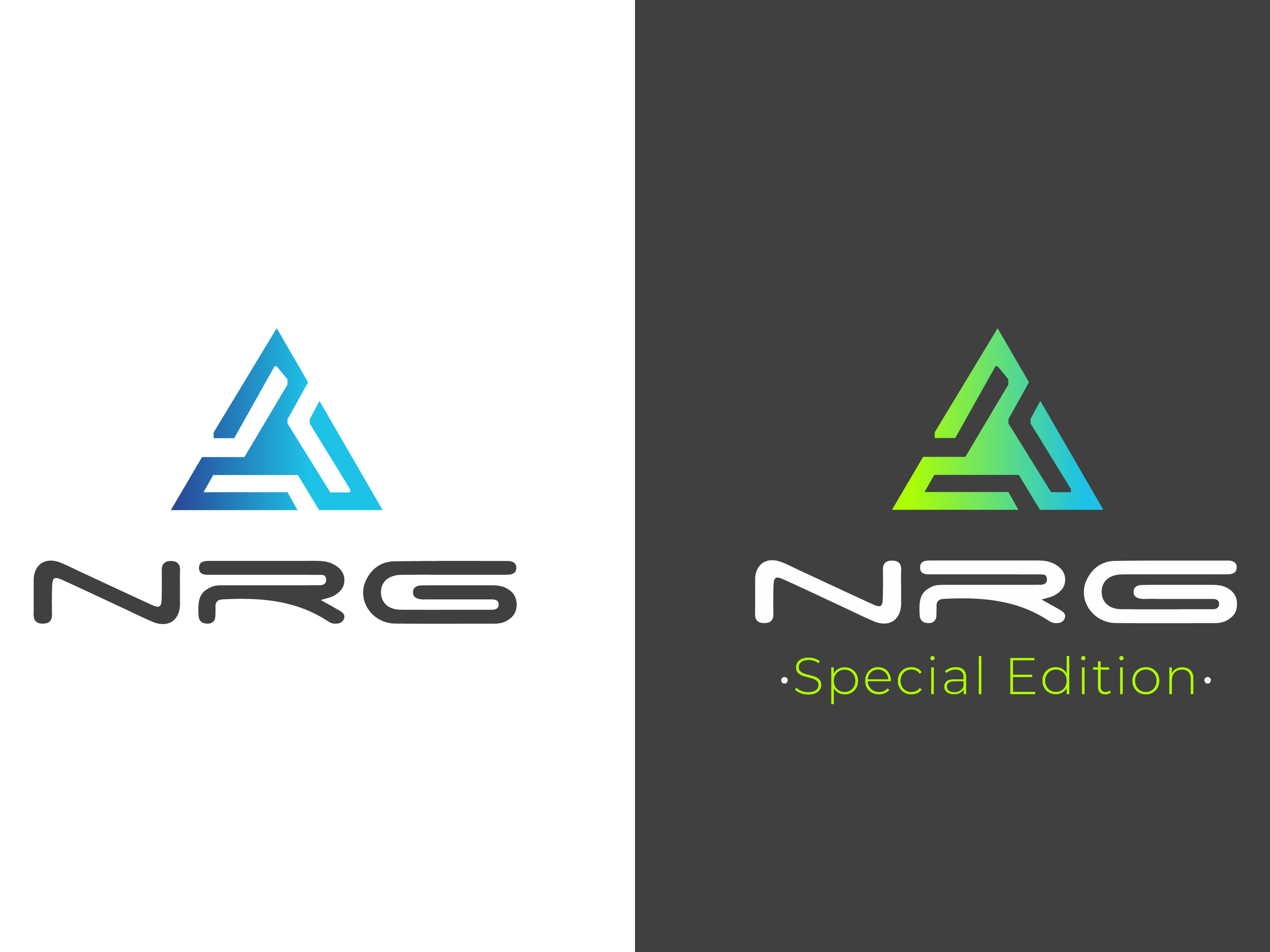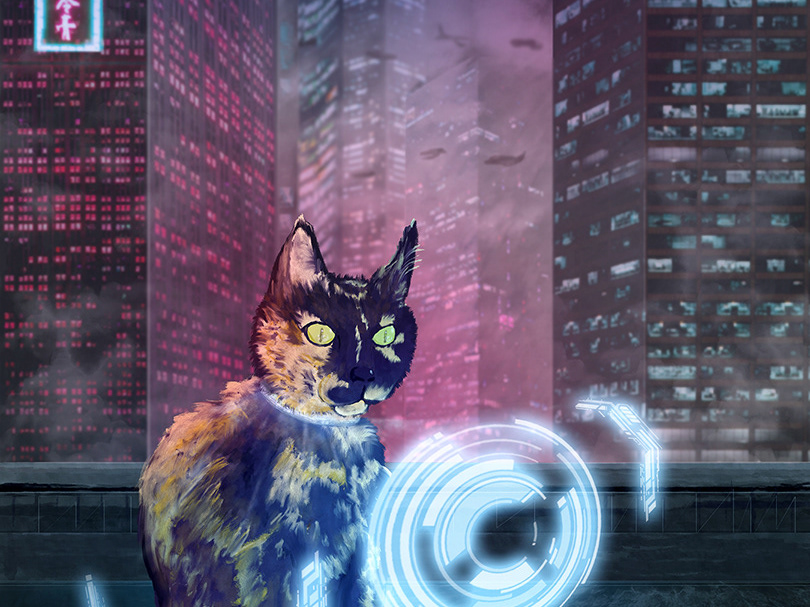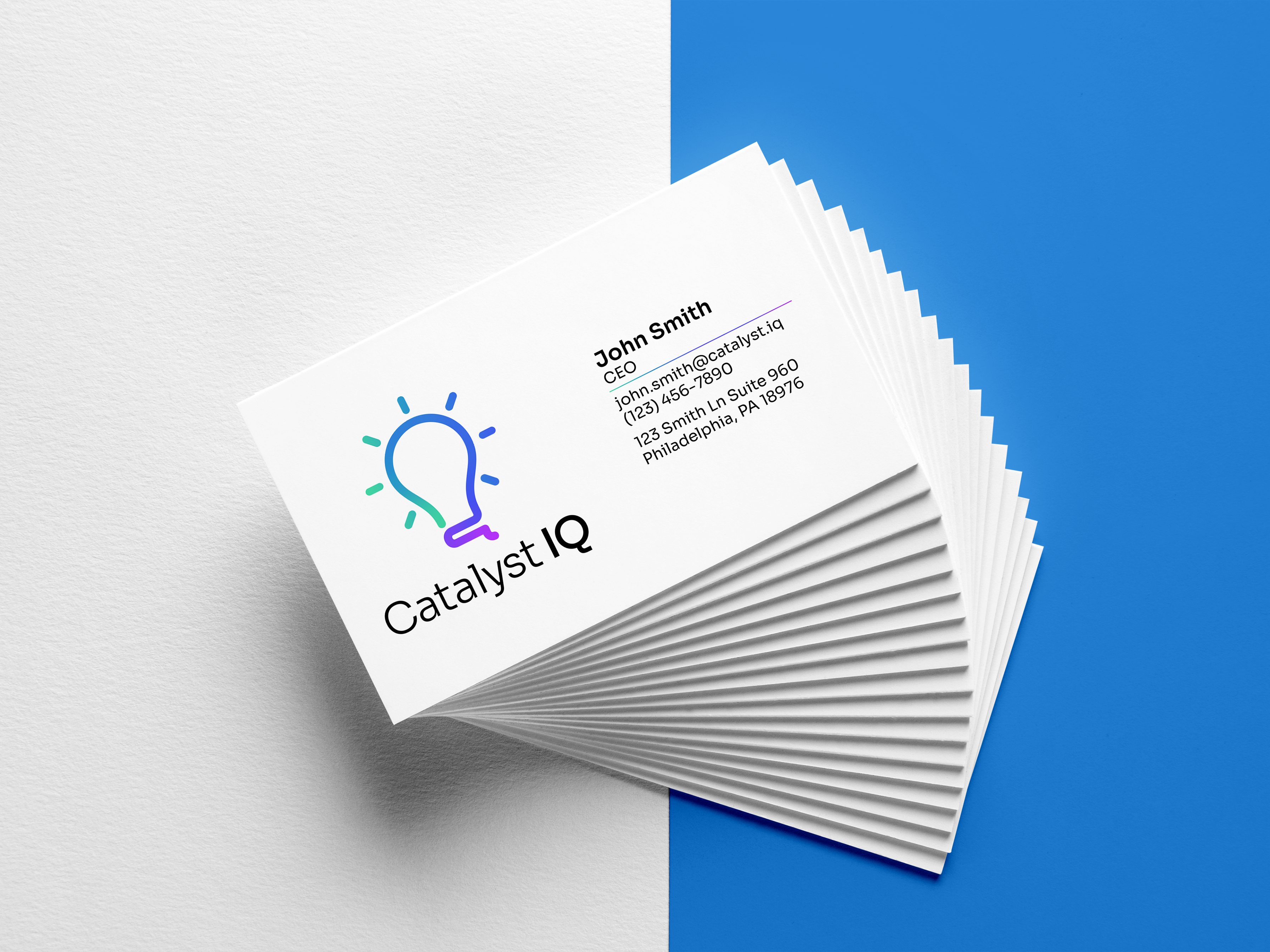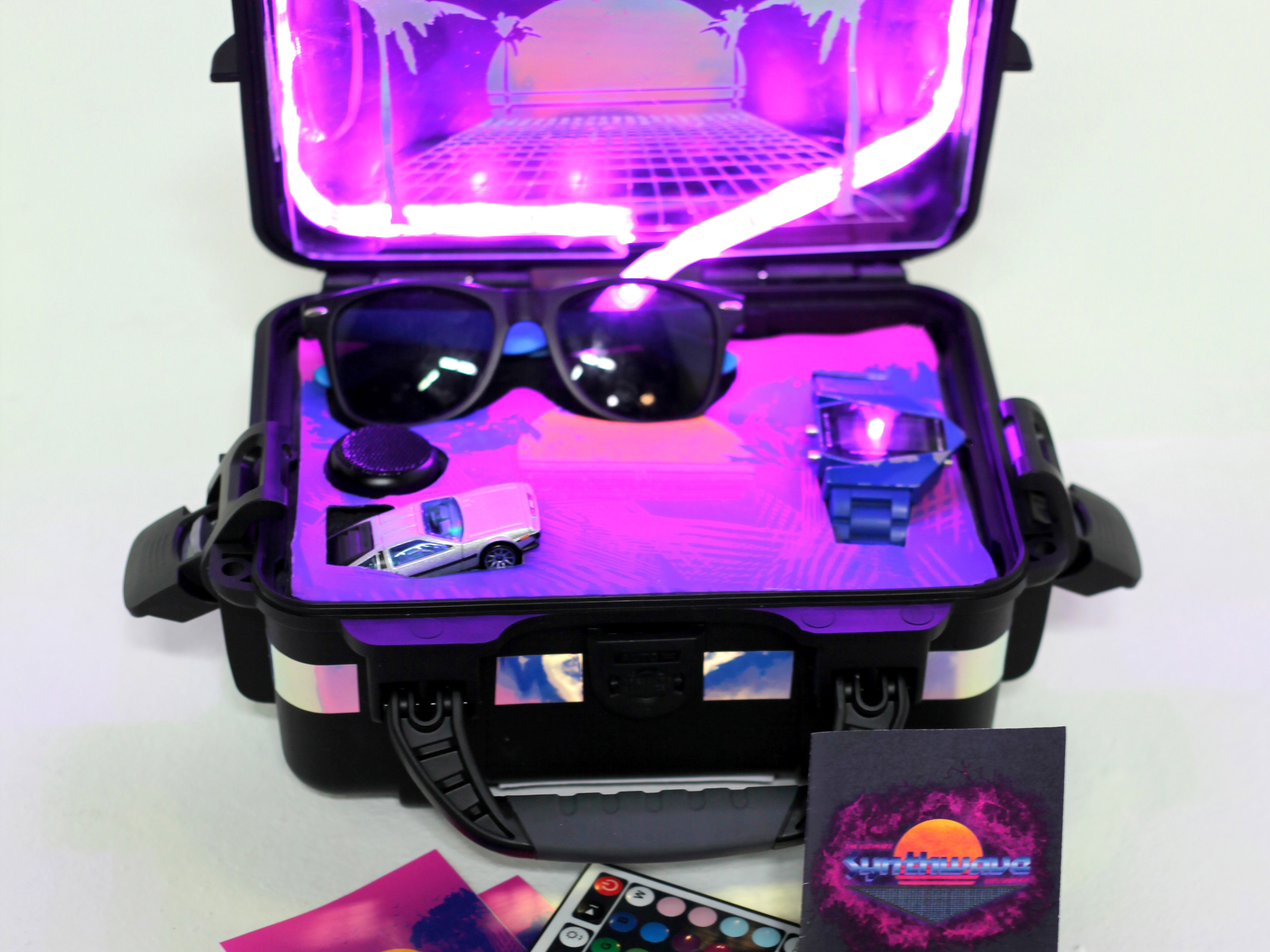Emotion Downloader took around a year's worth of research, process and execution to finalize. It incorporates both psychological and spiritual elements to engage with the viewer. Five emotions are presented to be experienced in the form of projected video art, and the viewer may start and stop any of them at their choosing.
The thesis is based in Dadaist video theory developed by avant-garde artist Raoul Haussman. He explains that when we watch video media, our bodily presence in reality collapses, and our consciousness inserts itself into the media. Additionally, our concept of temporality and space deregulates when we focus in on video. Thus, when we watch video, if we are engaged, our consciousness dwells inside of the video, along with our emotions. The simplest example is when you jump during a scary movie. You are in no real threat of being harmed, yet your consciousness reacts as if you are. My work is designed to trick the viewer into being aware of their emotions, by telling them that they will experience one manually. This creates a parallel emotional response between the real and the simulated. If used enough times, I believe this can train the viewer to have greater emotional self-awareness during interaction with video and other media.
This is the finished work installed in the space. We ran a single USB cable from the mini computer installed in the ceiling down to the button panel in the middle of the space. Gaffer's tape was used that matched the color of the floor and wall, so the cable is completely camouflaged and makes the panel seem independent.
This is an example of a viewer's interaction with the space.
One of my favorite videos from the work, titled "Grief." The animation was created in Dreams for Playstation 4. Each and every part of the videos were hand-sculpted, hand-painted, the scenes were custom programmed, the camera was hand-directed, and the music was originally self-composed and self-produced. This is the culmination of around 10 years of various media production skills.
"Ecstasy"
"Rage"
"Fear"
"Passion"

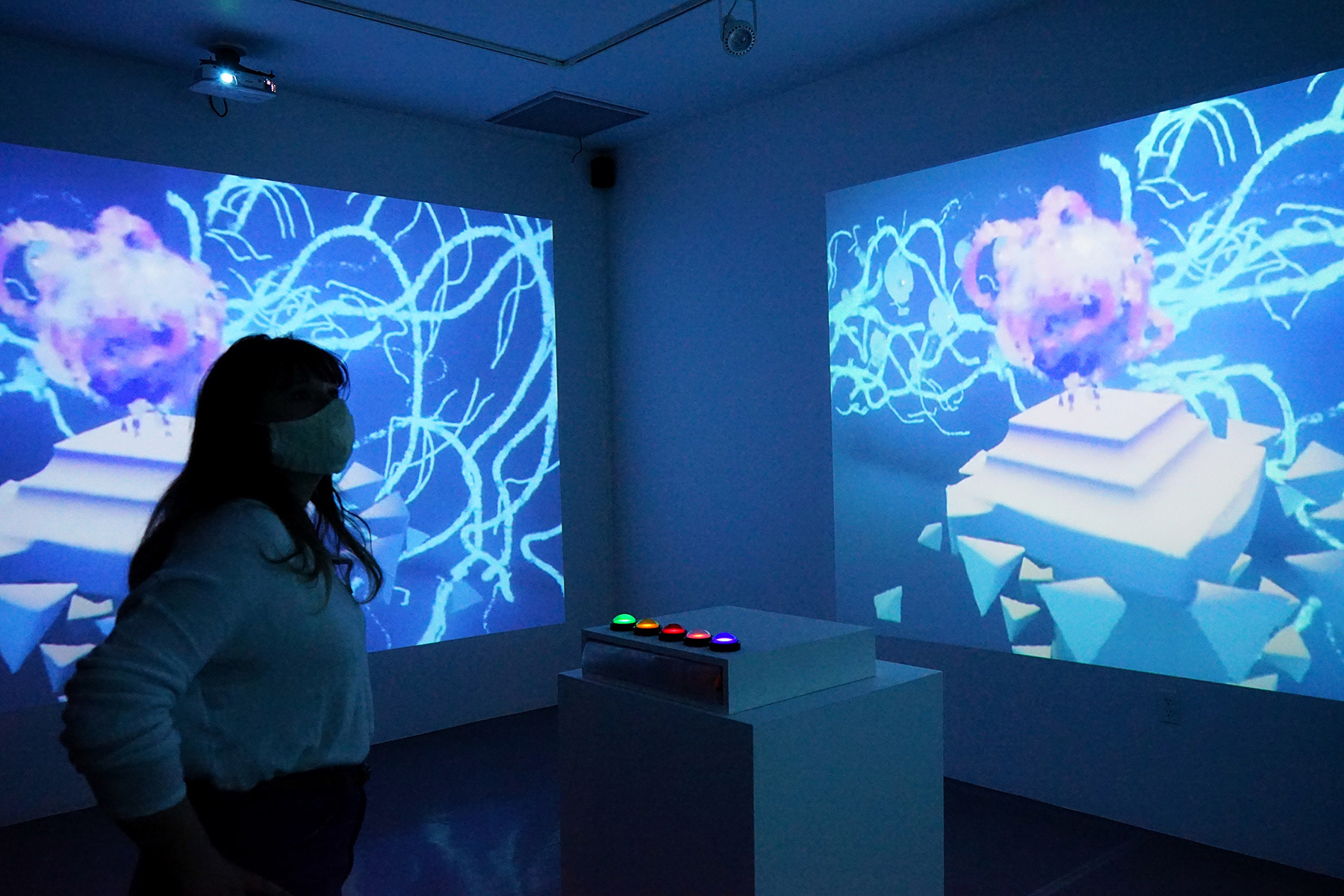

One of my favorite unintended results with Emotion Downloader is how each video lights up the room and changes the entire hue of the space. Because each video is so color-centric, and they're thrown on three walls, the media truly transforms the experience with each emotion.
To gain better understanding of the emotional spectrum, I approached it from two different angles: psychological, and spiritual. For the spiritual, I used Peter J. Carrol's wheel of emotional directions, from Liber Null: Psychonaut. For the psychological, I used the Plutchik wheel of emotional intensity. With the spiritual, Carrol illustrates the dualities of emotions, and how every emotion listed has it's complimentary opposite. With the Plutchik wheel, I used his color model for the emotions, as well as choosing which intensities I wanted to build to via the wheel.
My initial symbols were created in Illustrator, as I initially envisioned the work to function with 2D animation. The colors were right, but the symbols themselves were scrapped later on.
This is the final menu for the work. The space is meant to feel floaty and ephemeral. The piano chord progression ambles around in sevenths, vaguely inspired by Bowie's Space Oddity. When it was installed in the CVA and everything was working for the first time, I sat in the space and just watched this loop for a half hour. It's incredibly calming and meditative when it fills up the space.
This initial test of the menu screen wasn't received very well. I felt like during the conceptualizing phase, my peers were pushing me to do something more ominous and creepy with the overall experience. I was talked into developing a shadowy company that oversaw the emotion downloading, in order to give it more of a fictionally immersive context. So I developed a company called Metric Labs, and used a friend's voice to create a more sinister feel. In the end, this all got scrapped.
Due to Covid-19, I ended up taking a hiatus both from school and life in general. When I came back refreshed, I was eager to push this project to the next level. That involved learning 3D animation. After researching all of my options, Dreams for Playstation 4 was the cheapest, most streamlined, and most accessible for creating what I wanted to do. I ended up facing a lot of trial and error. Due to the nature of this work, and the fact that this was an entirely new medium I'd never worked in before, I streamed the learning process on Twitch so I had good documentation of my process.


This is the hardware diagram for my first setup. The hardware and wiring are mainly used for home arcade machines. I used to work in an arcade where I learned how to service and repair arcade cabinets, so this was a natural direction for the interactive part of the work. After this, I eventually had to swap out the Raspberry Pi for a mini Windows 10 PC, and the small buttons for much larger ones. The headphones also had to get changed out for speakers, due to Covid-19 health regulations.
I converted a python-based visual novel software called Ren'Py into an interactive media player that runs on Windows. This is the main software that detects button presses on the main panel and cues up each video with transitions, sound and music. Along the way I learned a lot about resource management, coding logic and engine customization. Once the program was exported into a Windows .exe file, I customized the whole Windows 10 startup process to make the gallery maintenance as simple as possible. Once the mini PC turns on, it immediately executes all required software to run the exhibition work. It also runs a remote desktop software so I can access the PC from anywhere if there are any problems during the exhibition run.
